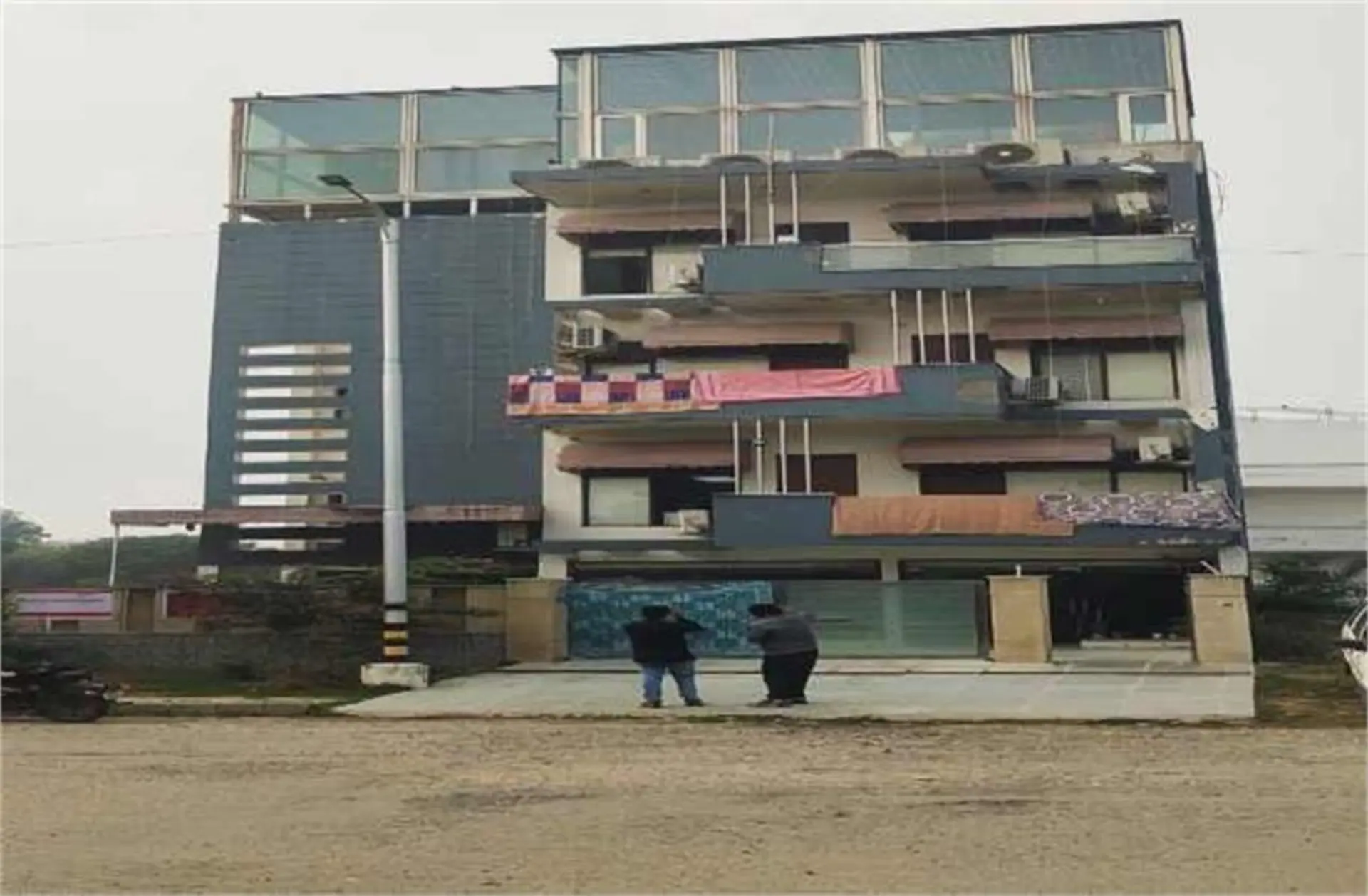
In a significant step to end century old social custom, six villages gathered to reconsider long-standing marriage prohibition between them. The historic meeting held at Paharipur village on Sunday which marked the end of a tradition that had its route in the bond of brotherhood.
The Context
The origin of the social custom provides insight into the deep rooted community bonds in rural Haryana. Gwalison village situated on the route to Jhajjar city historically served as a rest stop for travellers from five villages Paharipur, Malikpur, Safipur, Godhadi, and Aachhej. The hospitality offered by Gwalison 's resident to the travellers led to the development of strong bonds that marriages between these communities became socially prohibited as they formed a bond of brotherhood.
The Rationale for Change
The decision to lift the marriage restriction emerged from a careful examination of both traditional practices and modern realities. Yudhvir Dhankar, a senior leader of the Dhankar khap and resident of Gwalison village initiated this step after observing that the restriction lacked logical foundation in today's context. The villages belong to different gotras (sub-castes), and Gwalison is not geographically adjacent to any of the five villages - factors that traditionally determine marriage restrictions in the region.
Implementation and Impact
The panchayat's resolution, presided over by Aachhej village sarpanch Rajender Singh Solanki, opens new possibilities for social integration between these communities. This decision is particularly significant as it demonstrates how traditional institutions can adapt to contemporary needs while maintaining respect for cultural heritage. The change allows future generations from these villages to consider a broader range of marriage alliances while preserving their historical connections.
The decision represents a broader trend of social reform in Haryana, where traditional institutions are increasingly finding ways to balance cultural preservation with the needs of modern society. This adaptation of century-old customs to contemporary realities showcases the dynamic nature of rural social structures and their capacity for positive change.













